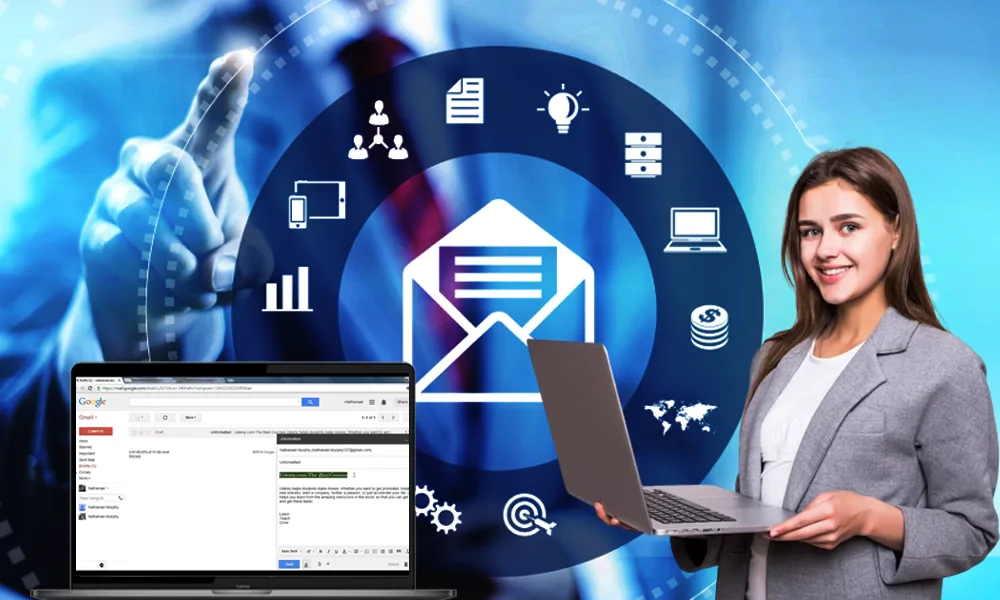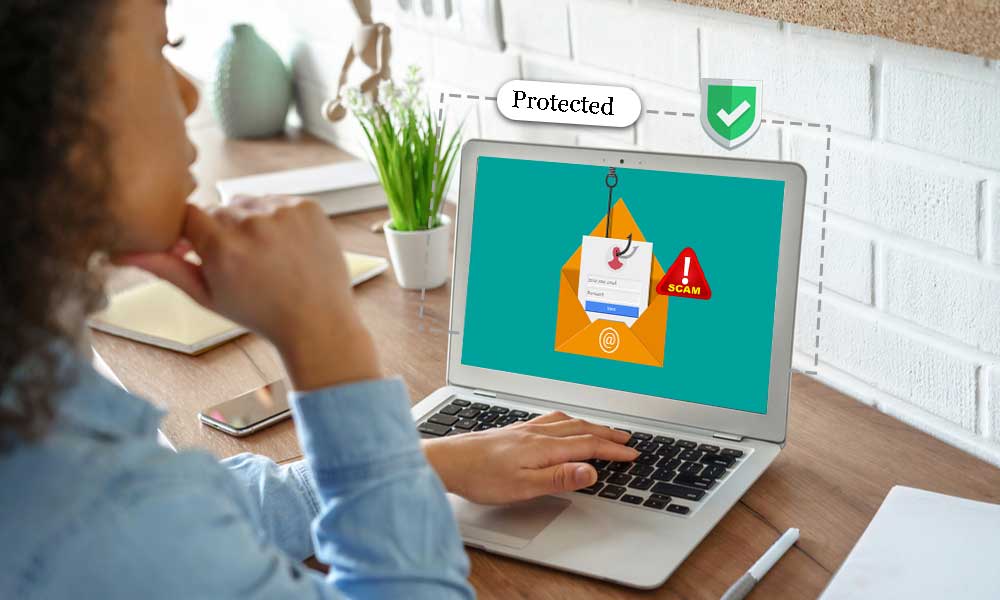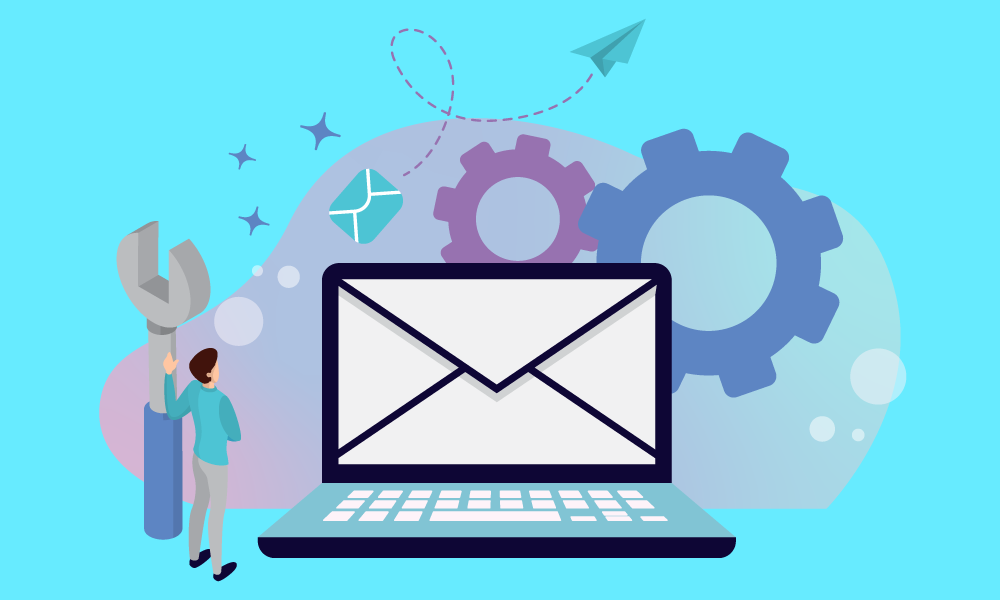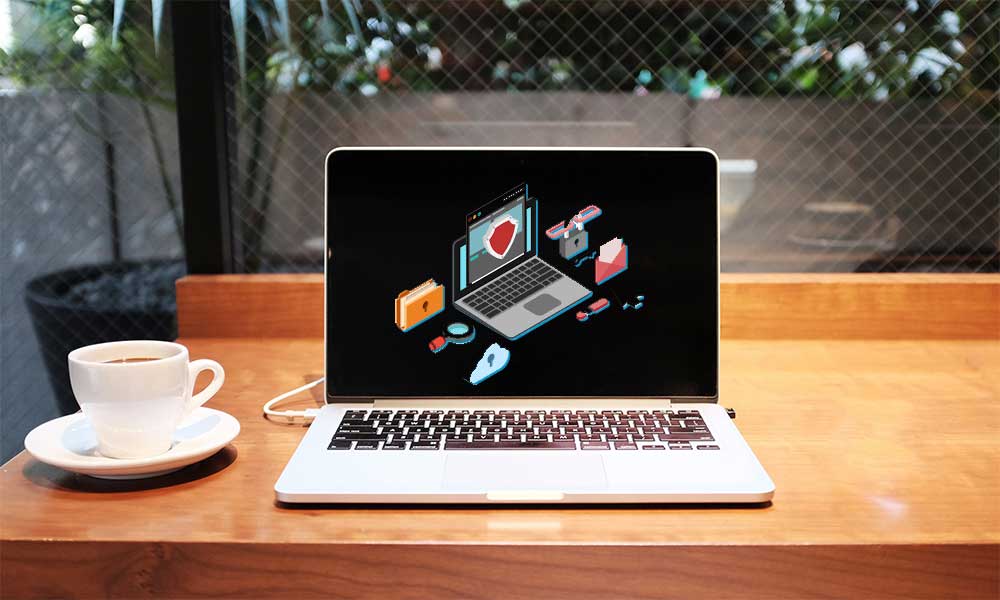Segmentation Strategies: How to Send Targeted Emails for Maximum Impact

Key Takeaways
- There are several strategies through which you can classify all the emails into different categories, also known as email segmentation.
- Through email segmentation, the performance of your campaign improves with a significant number.
- Email marketers tend to gain the highest ROI compared to any other form of marketers.
Email marketing has established itself as a powerful tool for brands and businesses to connect with their audience. And that’s why, it’s vital to make sure that your campaigns are impactful, and your emails don’t enter the spam folder.
Brands must focus on relevance and personalization through effective strategies, leading to increased engagement and higher conversion rates. Scroll down to get your hands on the different strategies that will help you target your audience based on shared characteristics by creating emails that resonate with them.
The Importance of Email Segmentation
Before heading to the different strategies, you must know the significance of email segmentation. Email segmentation is all about classifying or categorizing the list of your email subscribers into groups based on preferences, demographics, behavior, or purchase history.
The idea behind the same is to be able to draft messages that meet the particular needs and interests of the different segments, thereby maximizing the chances of getting their attention and driving favorable actions.
This data shows the average performance improvement in each type after you practice email segmentation:
| Campaign Metric | Average Performance |
| Opens: | 14.31% higher than non-segmented campaigns |
| Unique Opens: | 10.64% higher than non-segmented campaigns |
| Clicks: | 100.95% higher than non-segmented campaigns |
| Bounces: | 4.65% lower than non-segmented campaigns |
| Abuse Reports: | 3.90% lower than non-segmented campaigns |
| Unsubs: | 9.37% lower than non-segmented campaigns |
Source: Mailchimp
Segmentation Strategies to Send Targeted Emails for Maximum Impact

Below are some strategies that will help you make the most of your email marketing.
Demographic Segmentation
This involves bifurcating your audience on the basis of measurable factors such as age, gender, location, and income. The strategy is valuable when you need to target specific demographic groups with your products or services.
For instance, a clothing brand might draft email campaigns that target young adults and seniors after understanding that their preferences vary widely. Demographic identification allows you to tailor your messaging in a way that resonates best with each group.
Behavioral Segmentation
Performing a proper analysis of how your subscribers interact with your business is what behavioral segmentation focuses on. You may study their past purchase behavior, interaction with previous mails, and their browsing history on your website, followed by segmenting the list into different categories – inactive subscribers, frequent buyers, potential customers, and more.
Next, you may send them personalized recommendations, or special offers based on their behavior in order to be more relevant and to avoid the spam tester.
Psychographic Segmentation
As the name suggests, this considers taking a look into the psychological aspects of your subscribers. The idea is to categorize them based on their interests, lifestyle choices, and personality traits to create emails that cater to them on an emotional level.
For example, an outdoor adventure gear brand should send emails to those who care about sustainability and eco-friendly products, crafting the content to highlight the aforementioned aspects. Employing these insights with the right email warmup techniques will undoubtedly make your campaigns so much more impactful.
Life Cycle Stage Segmentation
Each of your subscribers are at different stages of their customer journey, ranging from new leads and buyers to loyal customers for years. So, you need to send them relevant content that meets their needs by segmenting your audience on the basis of their lifecycle stage.
Send introductory emails to new leads, during going for loyalty rewards or upsell options to a long-time customer.
Geographic Segmentation
If your business has a physical presence in some specific locations, geographic division is incredibly useful for your business. The key is to design your emails by keeping specific regions in mind – talk about local events, promotions, or store launches that cover the location of the recipient.
This boosts user engagement, while also showcasing your interest in local communities, thereby avoiding common spam triggers caused by geographically irrelevant mails.
Preference-Based Segmentation
Allow your subscribers to get content that actually interests them by letting them choose their email preferences. This may include opting in for specific product updates, newsletters, or event invitations – this preference-based division makes sure that your emails don’t seem intrusive, and instead are considered as a valuable resource that suits their needs.
Purchase History Segmentation
When finding opportunities for well-planned upselling and cross-selling, using the purchase history of your audience is the best route to take for segmenting them. For example, if a customer has just purchased a camera, it’s great to send them emails about camera accessories or photography sessions.
Analyzing past purchases will help you offer solutions that meet their needs and enhance their overall experience – at the same time, ensuring that your emails don’t end up in the spam folder.
Personalized Content Segmentation
A successful content filtration calls for crafting emails with different sections that can be altered based on the details or characteristics of the recipient.
This can range from showing different offers or product recommendations to including images based on their preferences, location, or behavior.
This process takes personalization to new heights, further gaining audience interaction, whereas a clever email warm-up method works wonders for delivering your messages smoothly.
Segmentation Frequency
You must make sure to maintain a balance with your efforts, as over-segmentation can lead to fragmented campaigns and overwhelm your subscribers with content – find the right number of segments that match your resources and audience diversity.
When you maintain a regular but gradual email routine when targeting new segments, you ensure that those emails build a positive reputation with email service providers, and also minimize deliverability issues and being marked by a spam tester.
Automation and Personalization
Taking your game to the next level, automation allows you to craft triggered emails responding to certain actions or behaviors in real time.
For instance, if a subscriber adds something to their cart but then leaves the page, an automated email can be generated with a gentle reminder, along with a certain discount to motivate the person to complete the purchase.
The strategy streamlines your email campaigns and maintains the personalized touch, resonating with recipients at the same time.
These were the different strategies and plans through which you can classify your emails into different categories. Scale up your game today, as email marketers tend to get the highest percentage of ROI compared to any other marketers.
Conclusion
It can rightly be stated that sending emails for maximum impact is all about a strategic approach to dividing by understanding the demographics, behavior, and preferences of your audience.
As the digital scenario keeps evolving, mastering the aforementioned strategies will help you hit all the right notes when designing and executing successful email marketing campaigns.





